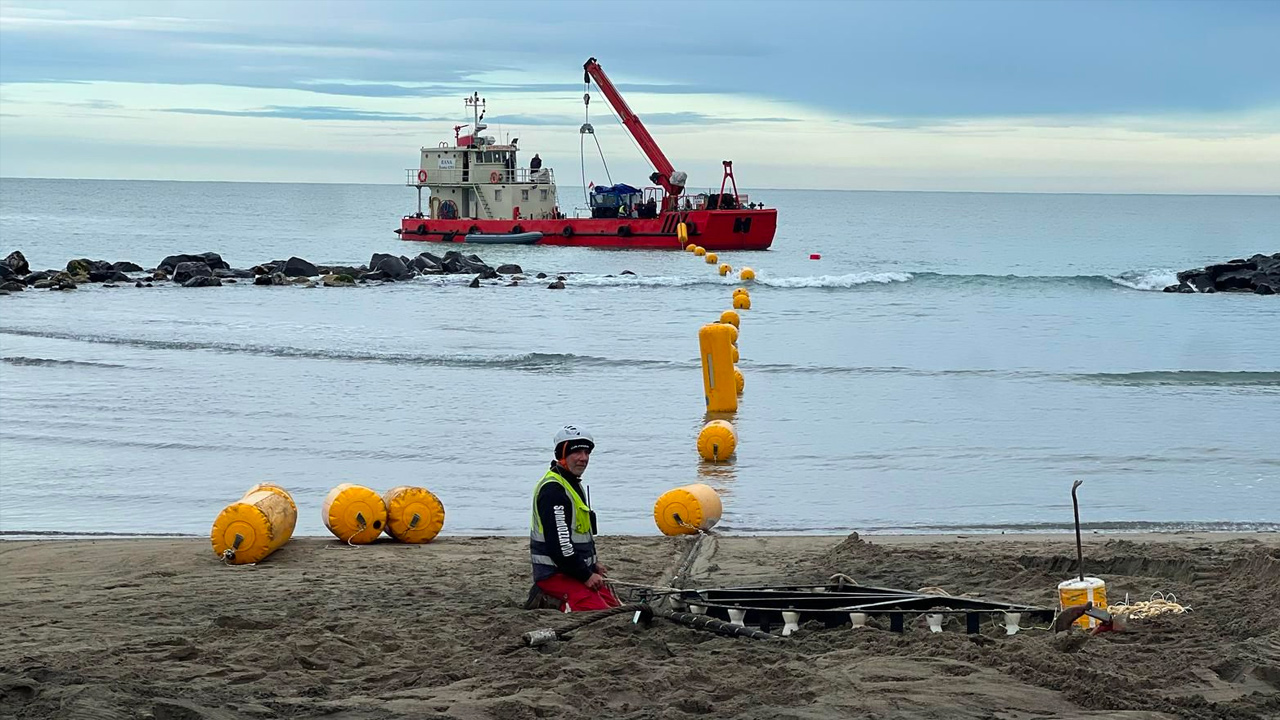The telecommunications sector in Italy is undergoing significant transformation.
Some services, such as internet access and even optical fiber technologies, have become mature commodities.
According to data from the Agcom Broadband Map for the fourth quarter of 2024 (also used for the European Commission’s Desi index), FTTH coverage in Italy has increased dramatically over the past year, jumping from 59,6% to 70,7% of resident households. A similar trend is evident in SME connectivity, with coverage rising from 49% to 59%.
While Italy now ranks in the upper tier of European countries for coverage, this is only one side of the coin. The sector has realized that this path no longer generates sufficient value despite substantial ongoing public and private investments.
In terms of profitability, almost all companies in the sector are struggling. Network investments are no longer sustainable, leading to the crises we’re witnessing today. These include Tim’s debt problems, which led to the separation of its network infrastructure into Fibercop, and Open Fiber’s cash flow difficulties.
The intense competition of recent years has benefited users and served the sector well for a time, but it has ultimately weakened companies.
The separation between network infrastructure and services perfectly illustrates this crisis. Such divisions would never have occurred if companies were financially healthy. This process began a decade ago with the spin-off of tower assets and continues now with the national fixed network. In fact, there’s nothing left to spin off in Italy.
The Vodafone-Fastweb merger is another manifestation of this phenomenon, with Vodafone Italy in particular finding itself needing to move in this direction.
The sector has accumulated significant debt in recent years, which also explains another important recent development: Tim’s need to sell Sparkle to Mef-Retelit.
It’s worth noting that unlike the energy sector, which is also heavily indebted, telecommunications lacks a regulated asset base (RAB) mechanism to ensure sustainability. Such a mechanism is unlikely to be implemented, even in the event of an Open Fiber-Fibercop merger, due to the nature of this sector where a perfect monopoly cannot exist.
In summary, the sector faces limited cash reserves and substantial debt incurred to support investments. A new equilibrium must be found to ensure the sector’s sustainability. This challenge extends beyond the major players currently involved in the operations mentioned above.
Profitability concerns also affect small and medium-sized companies, particularly those focused on the consumer sector. Companies that have diversified into business niches find it easier to remain viable.
Further mergers involving entities of various sizes are expected in the coming months.
Another significant development in Italy involves the evolution of data centers, which connects to the growth of submarine cable infrastructure. The central and southern regions will see important growth in the coming years, with Rome potentially taking on a central role in Italy.
The numbers are revealing. In 2024, Italian data centers reached an installed energy capacity of 513 megawatts, 17% higher than the previous year, according to data from the Politecnico di Milano.
During 2023-2024, €5 billion were invested in the construction, preparation, and population of data centers.
While this progress is positive, Italy still lags behind other European countries relative to GDP.
Milan has 238 MW installed, compared to London’s 1,065 MW and Frankfurt’s 867 MW.
These disparities stem from Italy’s general digital lag, but also from energy costs that are now 40% higher than the European average. Spain, though behind with Madrid’s 172 MW, is catching up quickly thanks to falling energy costs.
Despite these limitations, Italy continues to advance.
Submarine cables will play a crucial role in our future, as new projects will enhance connectivity between Northern and Southern Italy and between Italy and North Africa—a region experiencing strong internet growth—as well as with the Middle East, India, and China.
Our Uniterreno cable, which becomes operational in July, is part of this strategy. It’s the first 24-pair cable in the Mediterranean, with a total transport capacity of approximately 500 Terabits per second. It will connect Rome, Genoa, Olbia, and Mazara del Vallo.
In this new landscape of global connections, Rome and Genoa are positioning themselves as an important alternative to the current European route through Marseille.
This picture is completed by the increasingly important role of national internet exchange points: Rome’s Namex and Milan’s Mix.
Finally, satellites, including those using new low-orbit technologies, play a complementary role, particularly for niche connectivity needs in remote locations and at sea. The upcoming 5G satellite technology (direct-to-cell) looks especially promising for providing mobile connectivity on smartphones in various situations.
— By Renato Brunetti, Namex President


